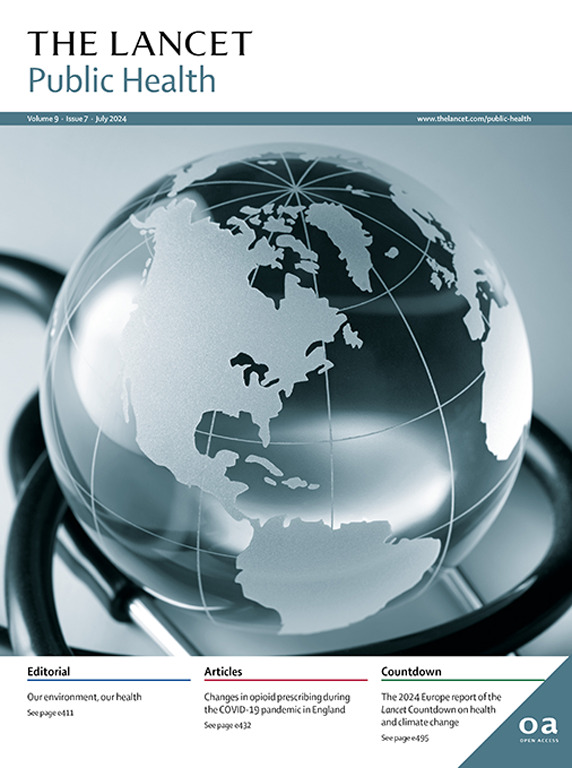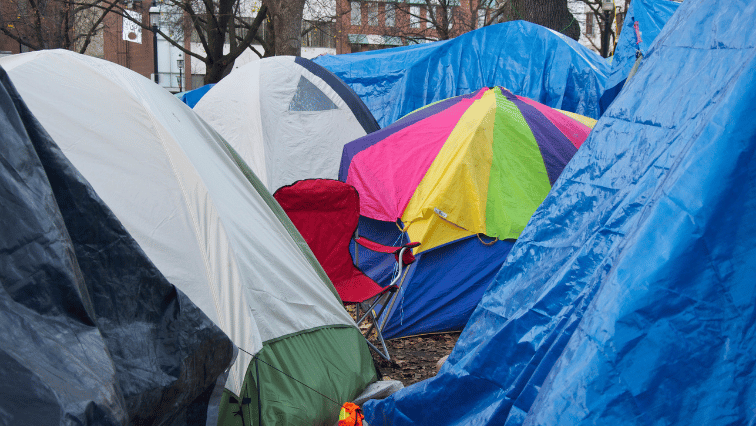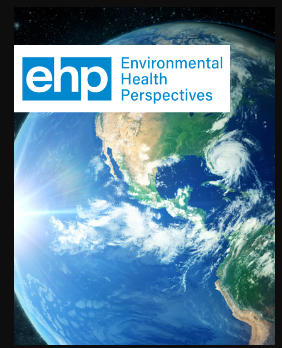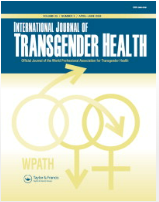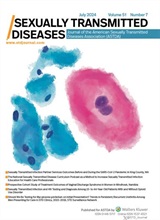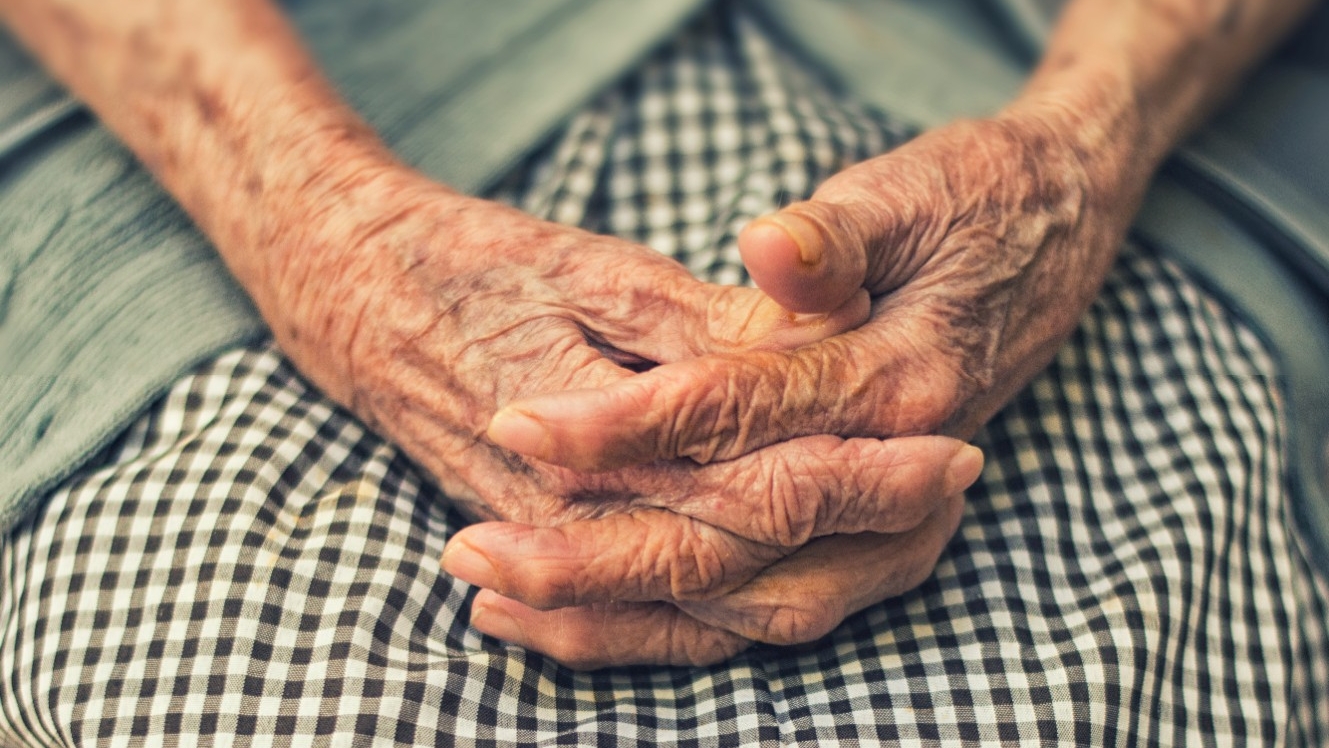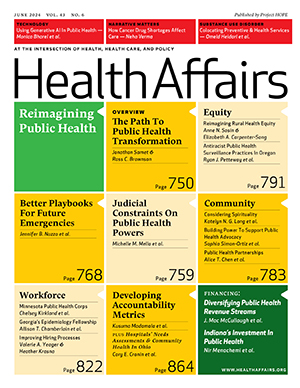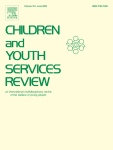Health
- Research
People experiencing homelessness have been found to have a high risk of violent crime victimisation as well as high prevalence of psychiatric disorders. It is poorly understood whether experiencing homelessness is associated with additional risks of violent offending and whether psychiatric disorders contribute to these risks. We examined the association between homelessness, psychiatric disorders, and first violence offence leading to conviction.
- Research
Multiple studies over the past several decades have shown high burden of medical disease and marked early mortality among chronically homeless adults. Many community-based organizations, policy makers, and health care providers have sought to address these individuals’ medical vulnerability and complex needs by helping them secure and maintain housing.
- Research
The health insights from concurrent air pollution and heat exposure studies are consequential when studying unhoused communities who are already overexposed to harmful environmental conditions.
- Research
All forms of gender affirmation were positively associated with the wellbeing of trans young people. Though young people who had socially affirmed their gender faced higher likelihoods of experiencing verbal harassment and homelessness, this is likely linked to their increased visibility and subsequent vulnerability to discrimination. These findings highlight the need for targeted interventions to address transphobia and discrimination. A comprehensive approach to supporting the wellbeing of trans young people should include legal, medical, and social affirmation, as well as addressing potential negative outcomes via societal education.
- Research
Women experiencing homelessness may face barriers to access reproductive healthcare. This quality improvement (QI) initiative sought to examine perceived barriers to STI prevention and opportunities for expanding STI prevention services and education for women experiencing homelessness.
- Research
Co-production of palliative care research with people with lived experience of homelessness is essential, but must be done carefully and sensitively. As a population with high levels of premature morbidity and mortality yet low access to palliative care, the TIFFIN recommendations could help to support the involvement of people with lived experience of homelessness in palliative and end-of-life-care care research.
- Research
Health care providers and systems should leverage their political power to advocate for policies that scale durable, evidence-based solutions to reduce homelessness, including increased funding to expand housing choice vouchers and greater investment in the creation and preservation of affordable housing.
- Research
When housing interventions incorporate supportive elements like case management, notable enhancement in health and employment outcomes for the youth are noted compared to housing-only initiatives.

